Alaska-Yukon-Pacific Exhibition, Seattle, 1909
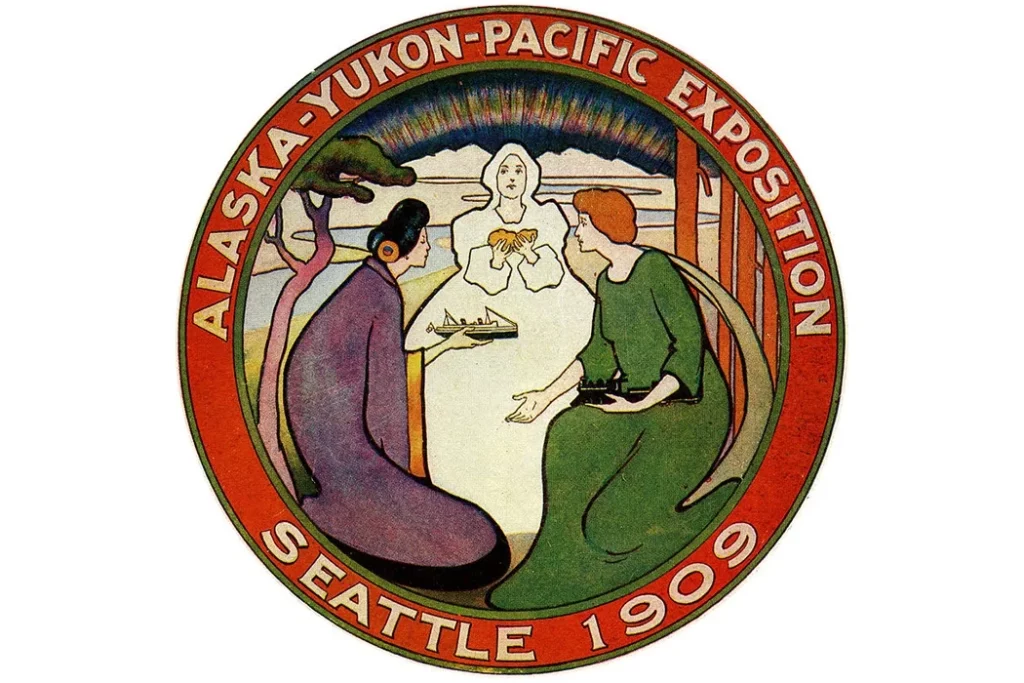
The 1909 Alaska-Yukon-Pacific Exhibition was held in Seattle on the current location of the University of Washington campus from June 1 to October 16, 1909. This was Washington’s first world’s fair and publicized the development of the Pacific Northwest. More than 3.7 million people visited the exhibition. Several of the buildings have survived to the present day and have been repurposed for use by the University.
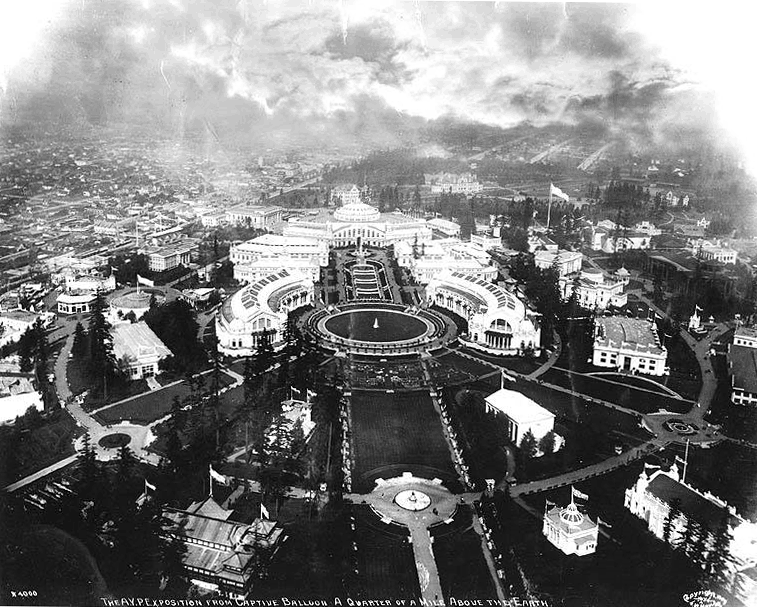
The amusement park or midway area was called the Pay Streak, and like many other exhibitions around the turn of the century, it included an incubator baby pavilion. Unusually, the exhibit included a “Baby Incubator Cafe,” but no menus or other information about the Cafe have been found. Admission to see the babies was 25 cents. According to Paula Becker’s essay, 28,000 tickets were sold, for gross receipts of $7,200, although the contribution (if any) of Cafe sales to this total is unknown. It is also unknown as to whether the management of the Exposition exhibit was related in anyway to the seasonal “Infant Electrobator” exhibit at Luna Park in West Seattle.
“The Baby Incubator Exhibit was among the earliest concessions secured for the Pay Streak. The April 1908 Alaska-Yukon Magazine included it on a list of concessions “already signed,” along with the Eskimo Village and Frank H. Nowell’s appointment as official A-Y-P photographer. “Kny-Scherrer [sic] Company, New York,” was credited as signatory on the contract. Kny-Scheerer was a surgical supply company with an office in Jamaica, New York, that manufactured the Lion-style baby incubator. The manager of the A-Y-P Baby Incubator Exhibit was M. E. Fischer. — Paula Becker essay on HistoryLink.com
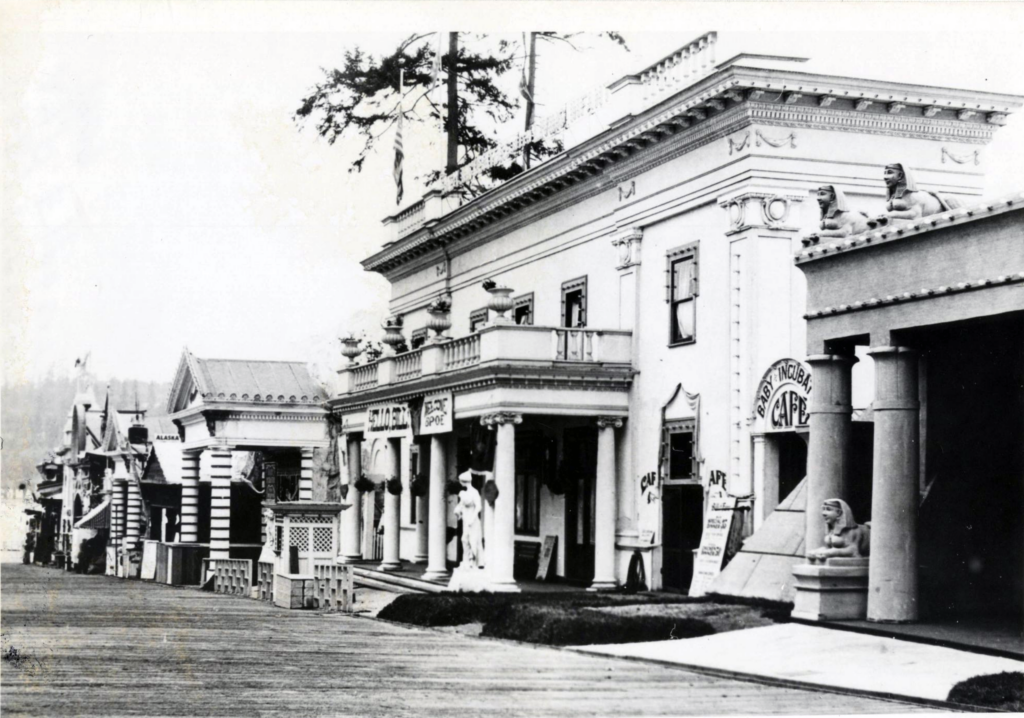
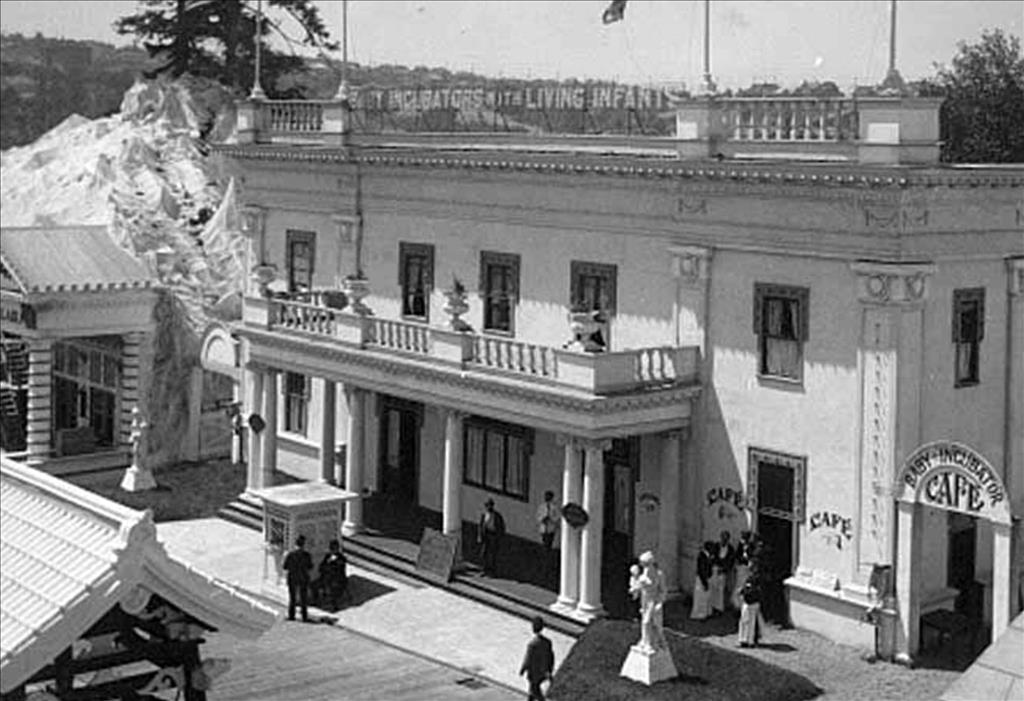
Incubators used in at the exhibit were manufactured by Kny-Scheerer Co. in the US under license from Dr. Alexandre Lion, who patented his incubator in 1889.
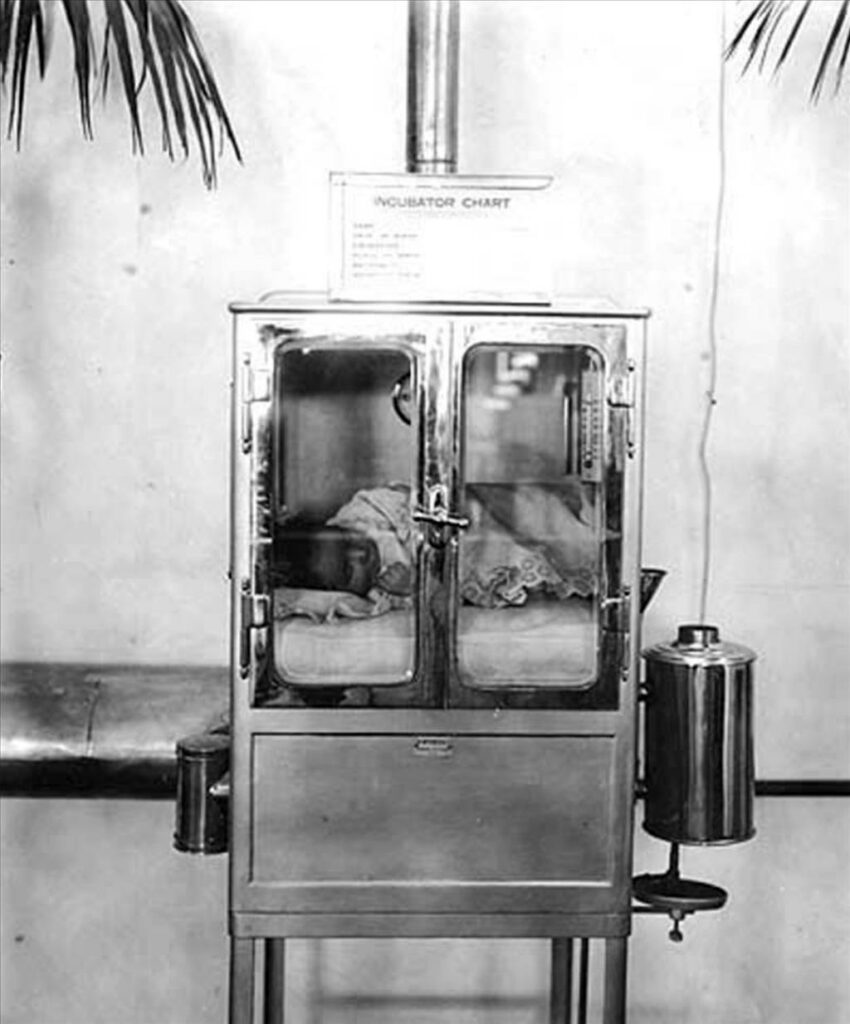
The interior of the Baby Incubator Exhibit building had seven incubators. On the verso of the photograph, we find the following inscription: “In no other way toes science enlist our sympathy so much as its assistance in saving infant life. Within these ‘machines’ are seven pre-maturely born infants.”
“Fairgoers filed into this viewing room and examined Lion incubators arrayed against the wall. A rail separated patrons from the incubators (enclosed heated and ventilated glass boxes) in which the babies rested, cocooned in blankets. The Seattle Daily Times stated, “Some of the little ones are sleeping, some lying in almost inanimate positions, while others, who are making rapid progress in their development, cry and fidget just like healthy babies born at maturity” (August 8, 1909).
“Female attendants wearing nurse uniforms and a male attendant in a white lab coat stood by. High transom windows admitted light and air. The ceiling was stenciled with an ivy design. Live potted palms were placed between the incubators, and weight-bearing support columns were designed to resemble palm trees. Fischer, and perhaps others, gave periodic lectures on incubator technology and other aspects of scientific infant care.” –– Paula Becker’s essay on HistoryLink.com
The baby incubator exhibit’s exam room can be seen below.
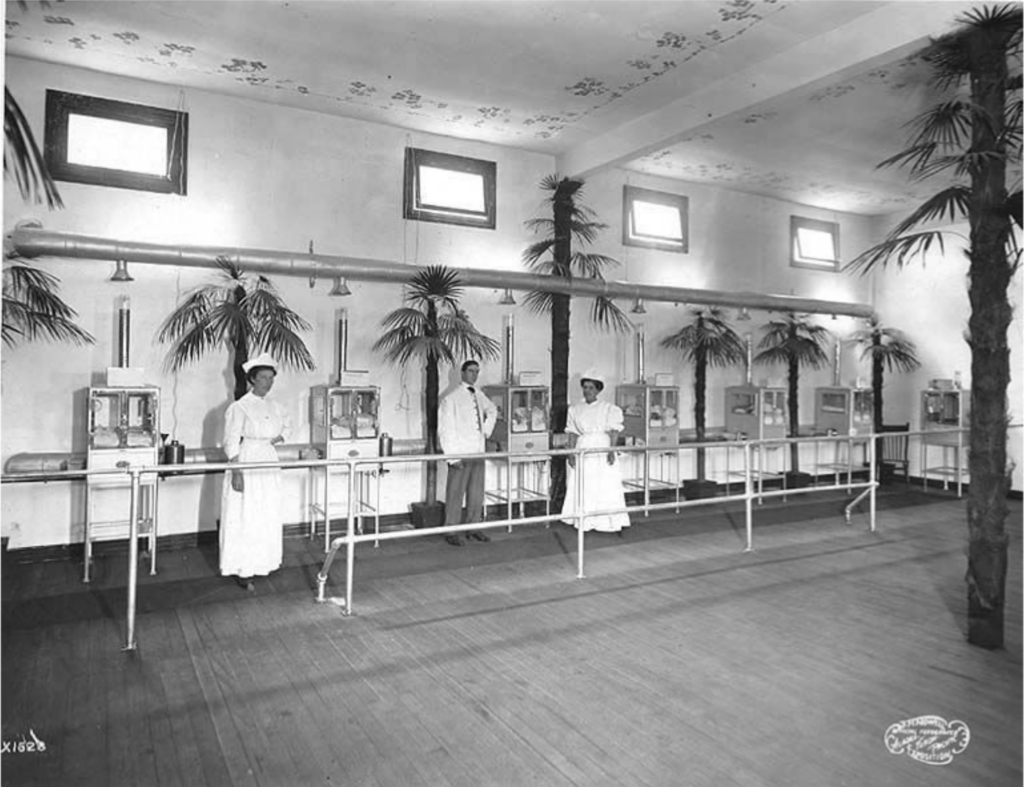
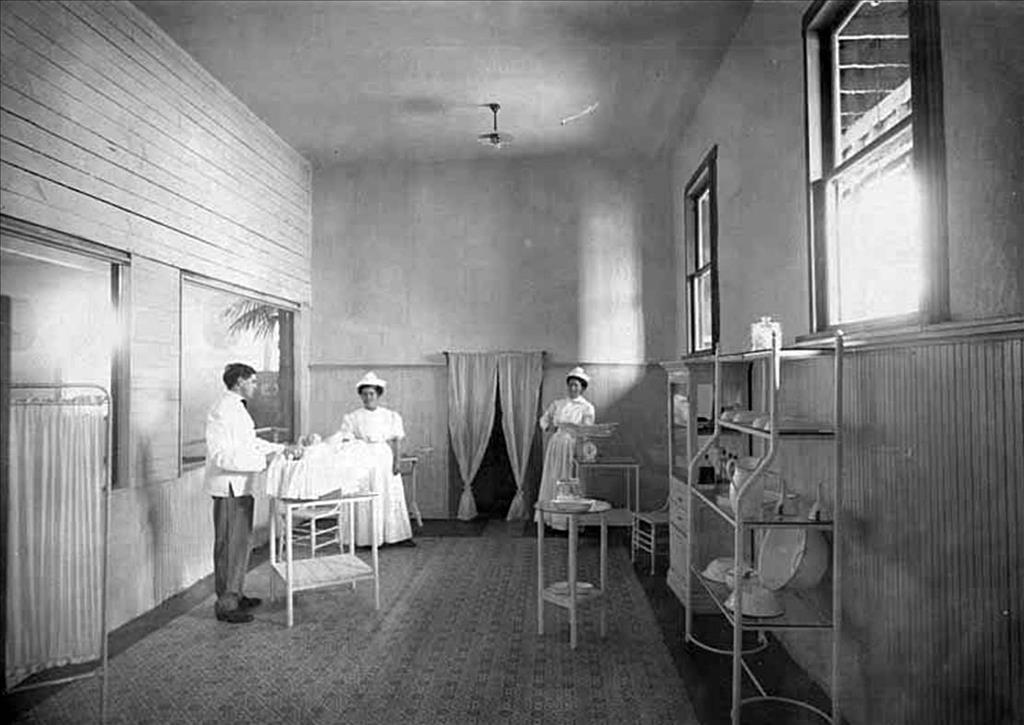
A back view of the incubator building shows diapers drying on the clothesline (upper left) and the corral behind the Gold Camps of Alaska (right).
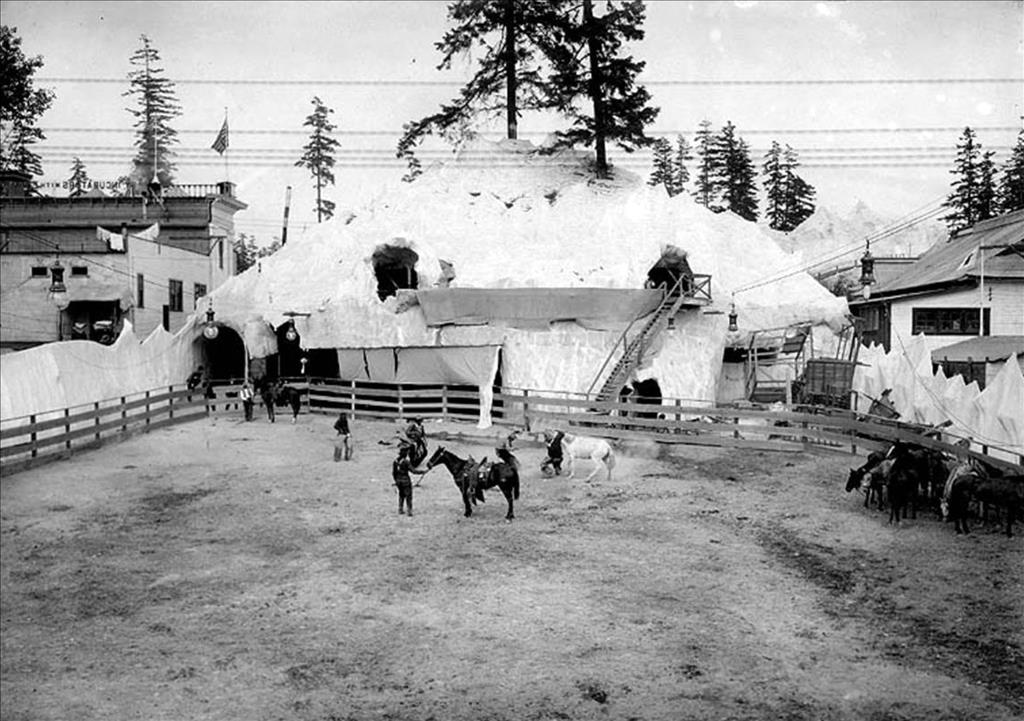
Newspaper advertisement for the incubator exhibit, 1909. Courtesy of the Seattle Star.

Season pass to the incubator baby exhibit.
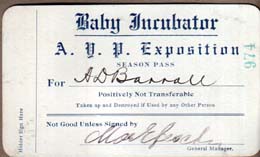
The incubator exhibition received many mentions in the local press, some of which are shown below.
“Like the Igorrote Village and Eskimo Village concessions, the Baby Incubator exhibit received continual press during the fair. Most of this ‘news coverage’ consisted of breathless reports on the progress of various babies, who were identified by first name. The babies were depicted as tiny feisty prizefighters who, aided by their incubators, could ‘fight (a bottle) not only often but for the full three-minute rounds’ (The Seattle Star, June 15, 1909). The article concluded with a virtual step-right-up: ‘Daily, new little ones are coming into the incubators and with every one that comes there is a story of heart interest to stir the hardest.’ ” — Paula Becker’s essay on HistoryLink.com
The Seattle Star, June 15, 1909
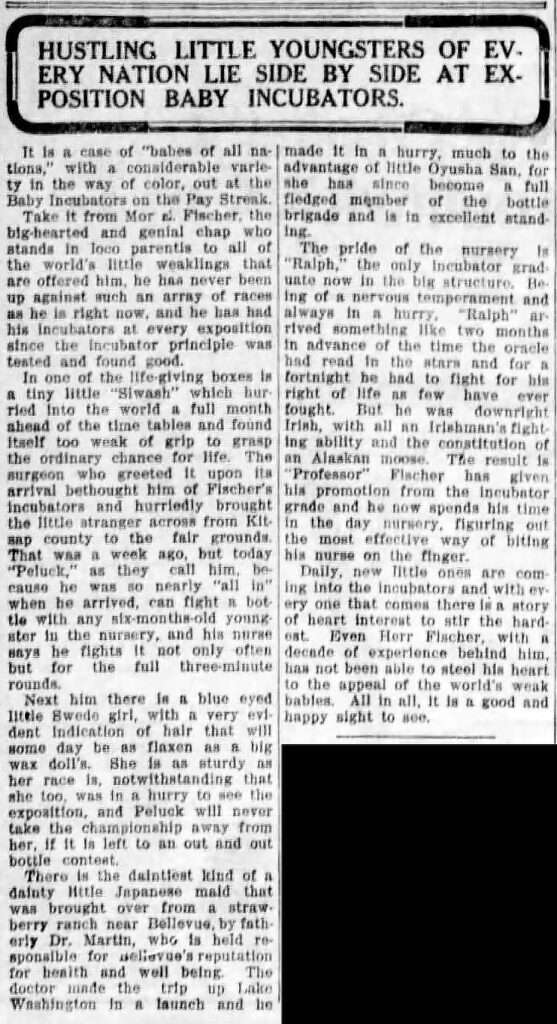
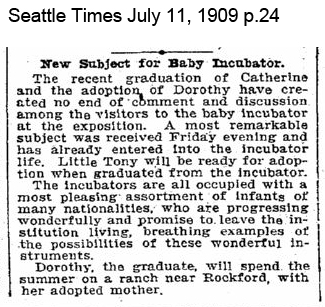
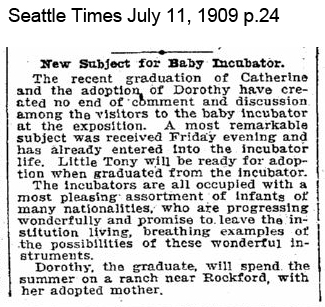
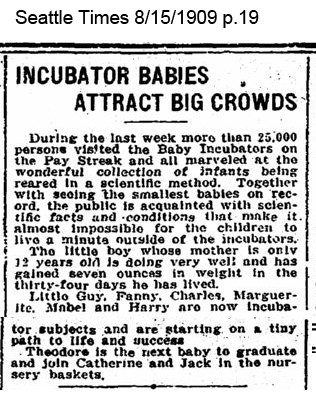
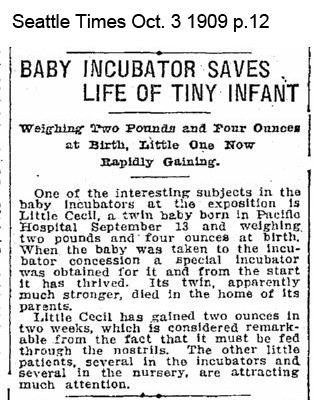
Evidently the incubator exhibits raised enough civic interest that the city purchased equipment for the local hospital. The following appeared in the Seattle Star on October 25, 1909.
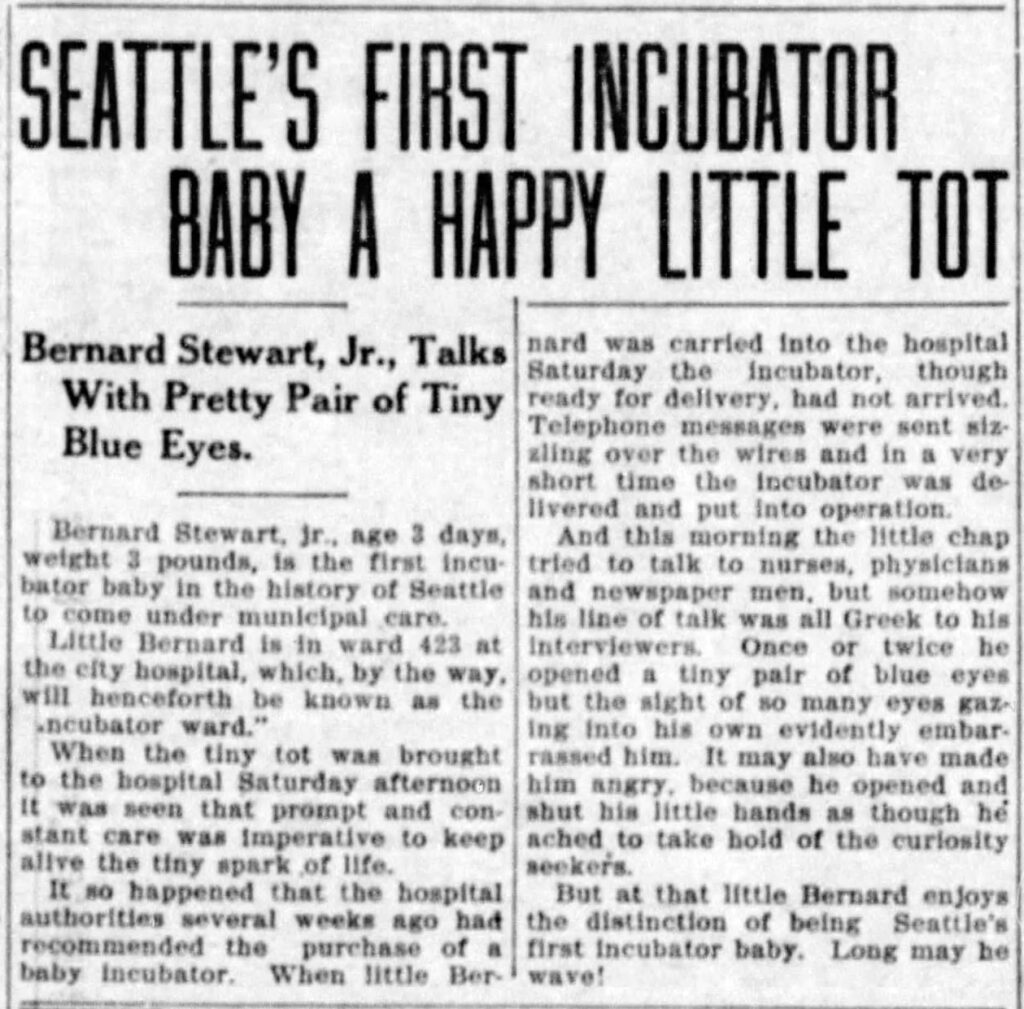
A birds-eye view of the exhibition and an exhibition map can be found below.
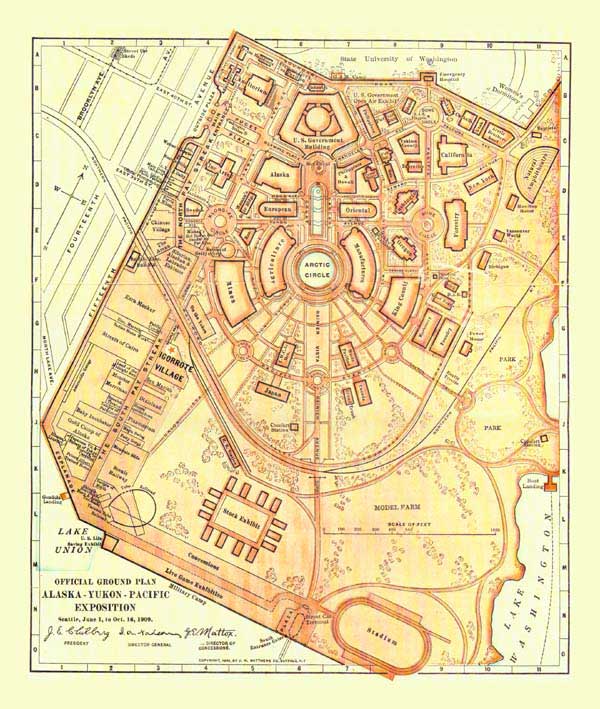
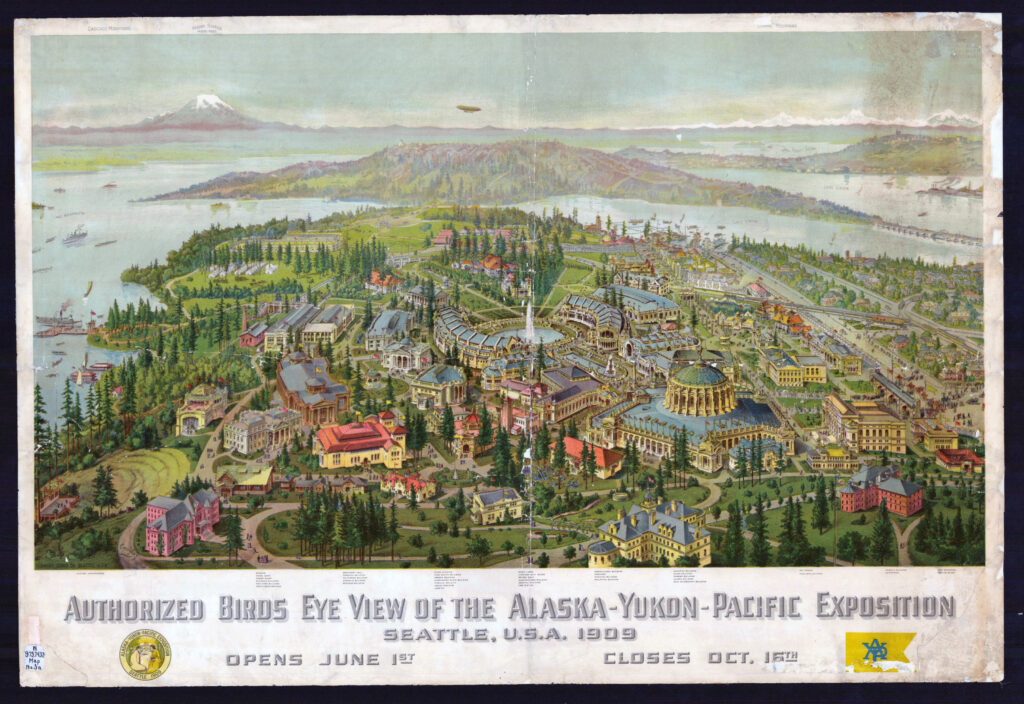
- Alaska-Yukon-Pacific Exhibition Essay by Paula Becker on HistoryLink.com (also captured as a PDF file) – this is the most deeply researched information on a specific incubator baby exhibition that I have seen anywhere on the web.
- Alaska-Yukon-Pacific Exposition, UW Libraries
- Digital Collection at the University of Washington
- Alaska-Yukon-Pacific Exposition: Images of the Fair
- Alaska-Yukon-Pacific Exposition on Wikipedia
Last Updated on 01/21/23